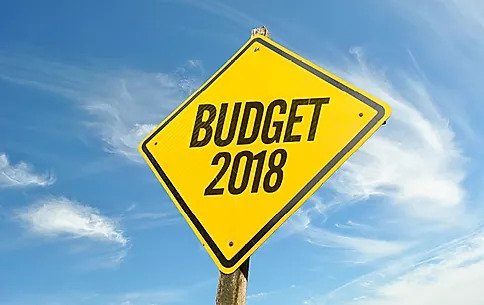It’s May, which means it’s Budget time. In the last full Budget before the next Federal election, the Treasurer delivered an election Budget with enough sweeteners for everyone including businesses, income tax relief for individuals, measures to boost superannuation, and help for older Australians.
The 2018-19 Budget was handed down on 8 May by Treasurer Scott Morrison. In the last full Budget before the next Federal election, ScoMo delivered what was widely perceived to be an election Budget with lots of sweeteners for everyone. So what’s in it for you?
“You could also be in danger of reaching the cap if you, as an employee, have salary sacrifice arrangements already in place from last year when the annual concessional cap was higher ($35,000 or $30,000 depending on your age).”
Businesses
The Government styled themselves as the champions of business with already legislated tax cuts for small and medium Australia businesses as well as unincorporated small businesses. While there were no specific tax cuts for businesses in the Budget, “the Government remains committed to ensuring that Australian businesses remain internationally competitive and will progressively reduce the corporate tax rate for all companies through the 10-year enterprise tax plan.”
Small businesses will benefit from the Government extending the $20,000 instant asset write-off for a further 12 months to 30 June 2019. According to the Government, these small businesses will now have additional opportunities to reinvest in their business and replace or upgrade their assets.
Income tax relief
“The Government has promised to deliver targeted tax relief of up to $530 to middle and lower income earners through a new tax offset for the 2018-19, 2019-20, 2020-21 and 2021-22 income years. This offset will be in addition to the current low-income tax offset and is expected to provide over 10 million Australians with tax relief.”
In addition to this relief, the Government will increase the top threshold of the 32.5% tax bracket to $90,000 from 1 July 2018. In a feat of forward planning, from 2022-23 the top threshold of the 19% tax bracket will be increased to $41,000 with the low-income tax offset to be increased to $645. According to the Government, these changes together will mean that taxpayers permanently receive tax relief.
Superannuation
In the Budget, the Government announced measures to ensure that Australians keep more of their super, including:
- giving the ATO capacity to actively reunite Australians with their lost and inactive superannuation;
- capping certain superannuation fees at 3% for accounts with balances of less than $6,000;
- banning superannuation exit fees to make it easier for Australians to consolidate their superannuation; and
- tailoring insurance arrangements to ensure that they are opt-in rather than opt-out.
Older Australians
The Government has tried to please both pensioners and self-funded retirees with the following measures announced in the Budget:
- expansion of the pension loans scheme to those on the full pension and self-funded retirees to give them the option to boost their retirement income. Full pensioners will be able to increase their income by up to 50% of the Age Pension.
- expansion of the pension work bonus which will allow age pensioners to earn up to $300 per fortnight (up from $250) without reducing their pension payments. The bonus will also be extended to self-employed individuals who will be able to earn up to $7,800 per year.
- exemption from the superannuation work test for those aged 65-74 with superannuation balances below $300,000.
- standards of living in retirement will be boosted and retirees will have greater choice in how they receive their superannuation through the Government’s retirement income framework.
Want to find out more?
Do you want to find out more about how this Budget affects you and your future? We will help you find the answers and plan for your future.



